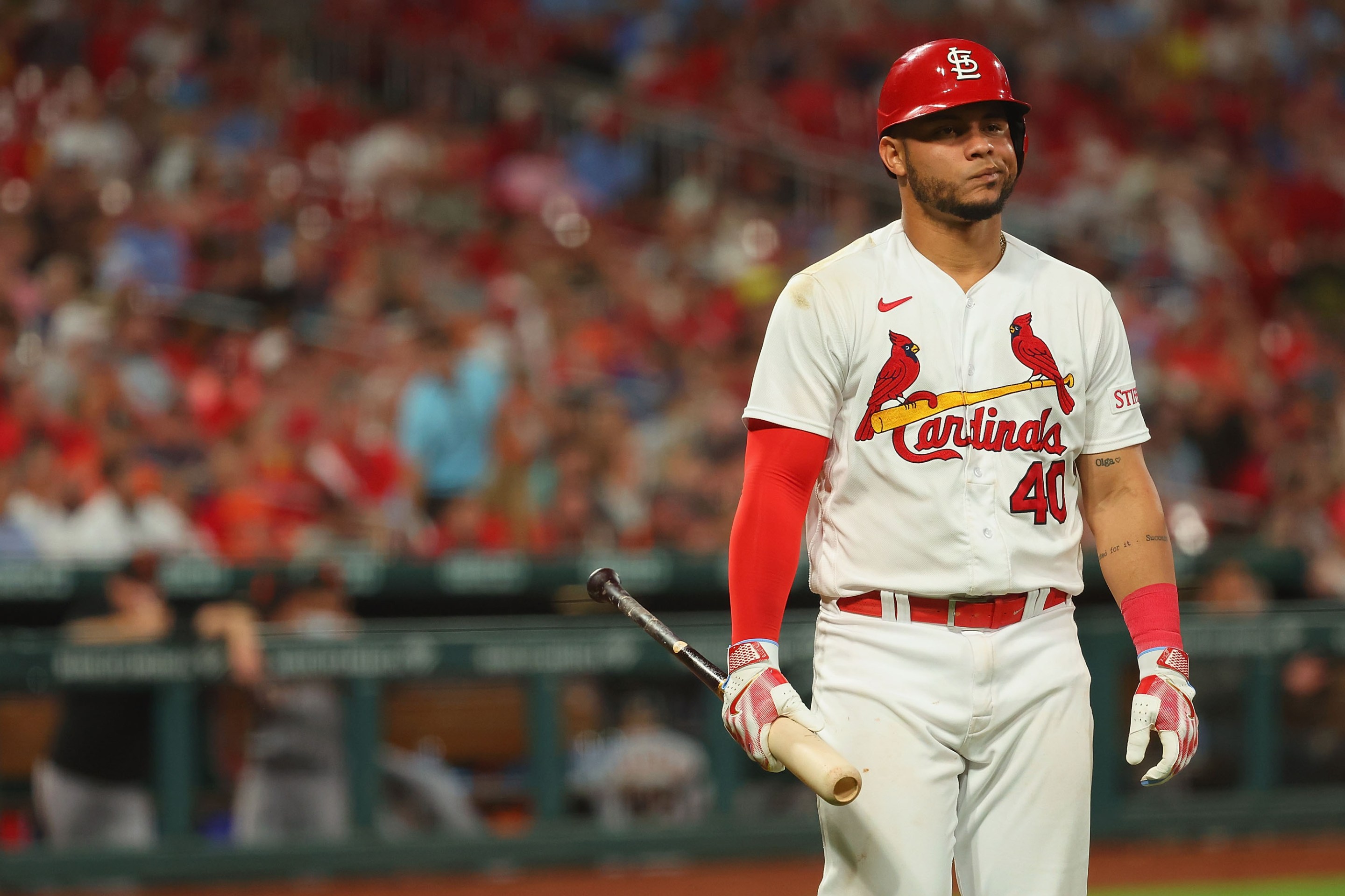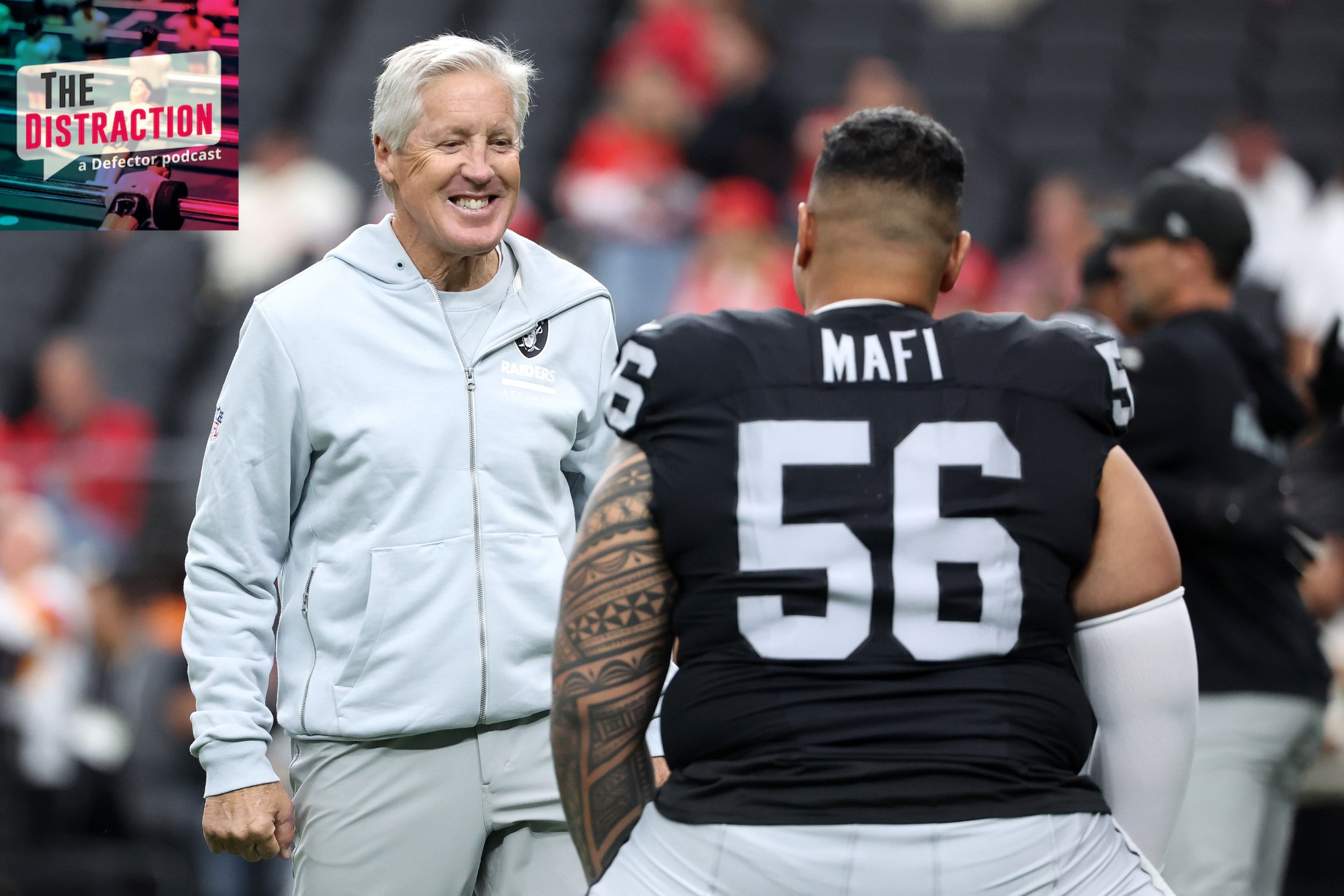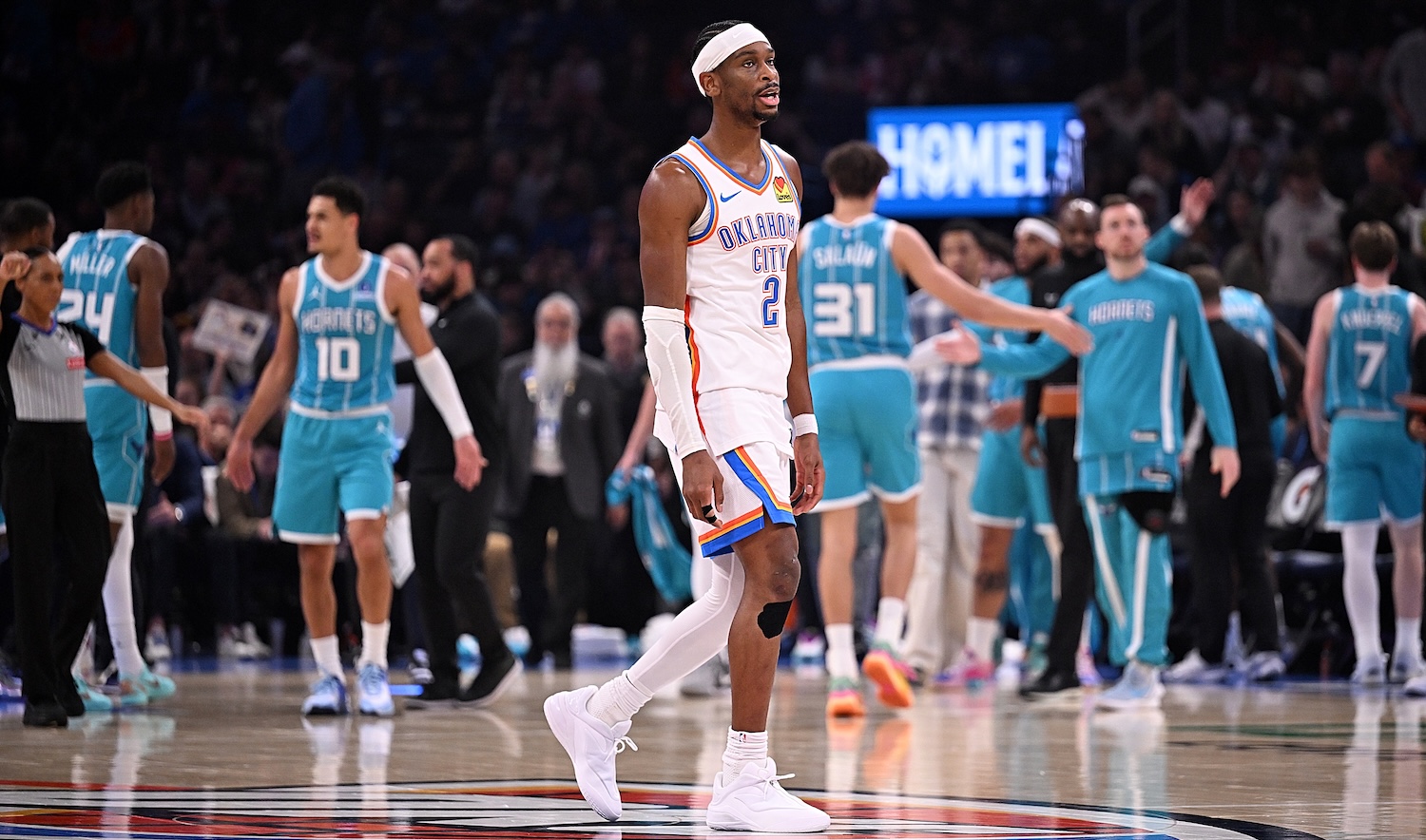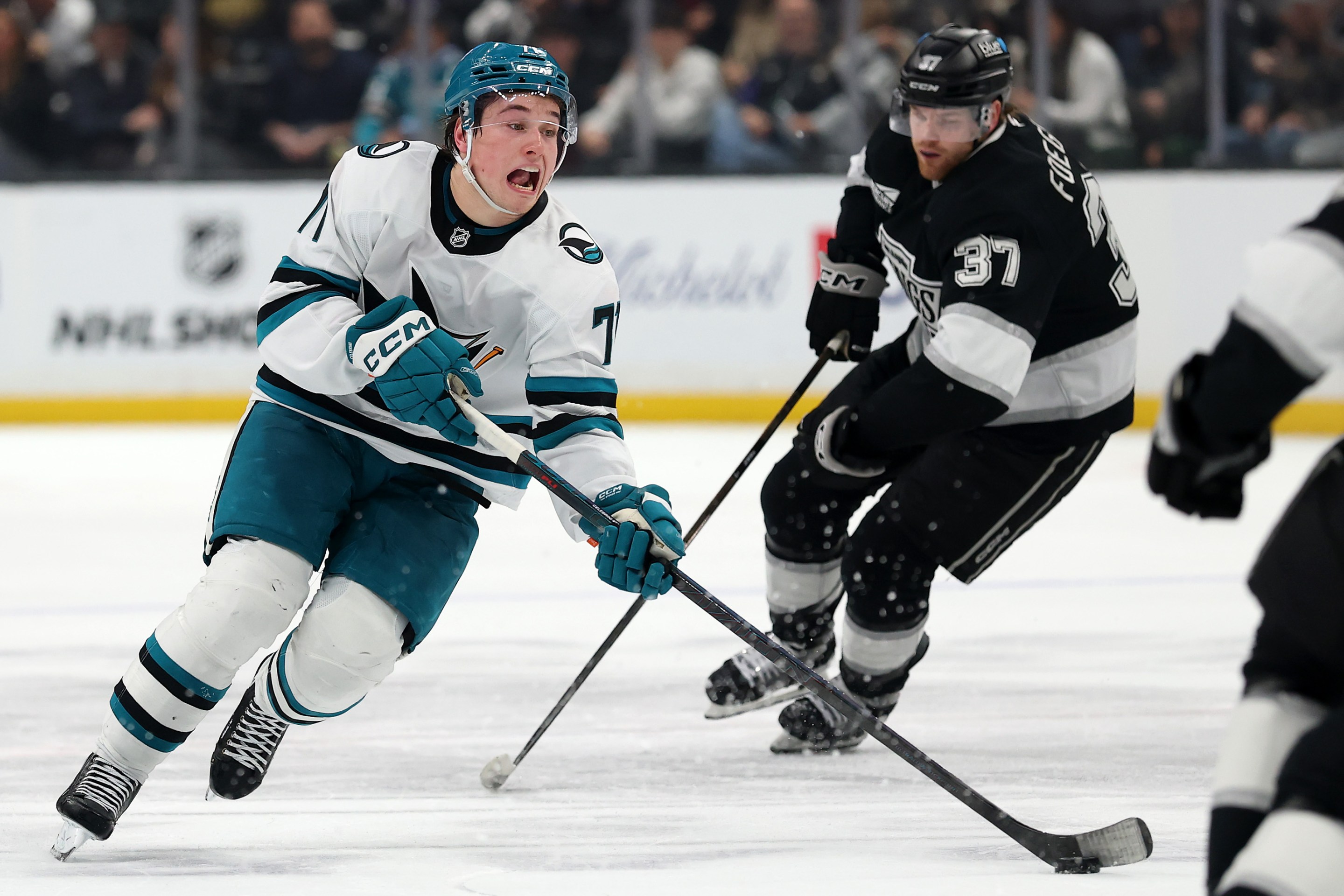It is tempting, and not entirely incorrect, to sum up David Freese's decision not to accept induction into the St. Louis Cardinals Hall of Fame as "some extremely Cardinals shit." Freese, a St. Louis native who made one All-Star team with the club and had a supernaturally great postseason in 2011 to lead the team to its 11th World Series win, did not otherwise have the sort of career that would ordinarily warrant inclusion in a team's Hall of Fame. His statement declining induction acknowledges that. "I look at who I was during my tenure, and that weighs heavily on me," Freese wrote in declining the honor. "I'm especially sorry to the fans that took the time to cast their votes. Cardinal Nation is basically the reason why I've unfortunately waited so long for this decision and made it more of a headache for so many people."
There's more going on here than a Cardinals player and Cardinals fans having a Reverence For The Cardinals-off, to be fair. By his own account, Freese was an intensely depressed and self-destructive alcoholic during his time with the Cardinals, and the "who I was during my tenure" part of the statement likely refers to that; a 2017 USA Today feature mentions that Freese hadn't looked at or worn his World Series ring in five years, and that the World Series MVP he earned was still in its box in the basement of his parents' home. "You win the World Series in your hometown, and you become this guy in a city that loves Cardinal baseball," Freese said in that story. "And sometimes it’s the last guy you want to be."
Freese's example is a dramatic one, but there has been a general sense this season that the Cardinals were straining in uncharacteristic ways under the weight of their Cardinals-ness. When the team briefly demoted a struggling Willson Contreras, whom the team signed to a five-year deal as a replacement for the retired Yadier Molina, to a designated hitter/emergency corner outfielder role in May, it had the feeling of a struggling team casting about for a scapegoat and settling on the newest guy in the clubhouse. Neither Contreras nor the team has decisively turned things around since then, and some of the hitters that kept the team competitive as the pitchers struggled in the earlygoing have cooled off considerably; Nolan Gorman, the team's most productive hitter in April and May, entered Sunday's game having struck out in 26 of his 52 plate appearances in the month of June. And yet it's hard to escape the sense that for a bad team, which their record insists they are—only the variously but undeniably moribund Royals, Athletics, and Nationals have worse records—the Cardinals are kind of...good.
At the very least, the Cardinals do not seem to be in the same universe of dysfunction as the teams they're sucking around with at the bottom of the standings. Even after a recent run of success, Oakland came into Sunday's games with a .260 winning percentage and an astonishing -202 run differential; the Royals are at .271, and have been outscored by a still-robust 109 runs; the Nationals have been outscored by 52 runs. The Cardinals, while just a win better than the Nats at 28-43, have in contrast been outscored by just 16 runs, which among other things is better than the figures of the Brewers (-19), Reds (-21), and Pirates (-21), all of which are currently well ahead of the Cardinals in the National League Central standings. Even before factoring in the Cardinals' long track record of infuriatingly on-brand success, there's reason to believe that the familiar Cardinals signal will sort its way through all this noise. It also seems unlikely that the team will continue to lose nearly 70 percent of its one-run games.
But if the Cardinals clearly aren't quite as bad as their record makes them out to be, their struggles aren't entirely down to some bad batted-ball luck and a wobbly bullpen. Neither is it the case that the organization's devil magic has somehow stopped working. While the Cardinals continue to stamp out productive young position players, but they have struggled to keep them on the field so far this year. With outfielders Lars Nootbaar and Tyler O'Neill logging extended stretches on the IL, Gold Glove second baseman Tommy Edman has been forced into centerfield, and the infield and especially outfield defense has suffered as a result; the Cardinals have had the worst outfield defense in the Majors, and only the aforementioned A's, Royals, and Nats have played worse defense overall. Having to cobble that defense together on the fly "affects a lot of other things, including our pitching," Cardinals manager Oliver Marmol told The New York Times. "It’s a real thing. That part of it is tough because it goes hand in hand with a pitching staff that doesn’t miss bats. You’ve got a lot of balls to play, and that’s a bigger deal."
The issue, then, is not that the Cardinals have stopped playing Cardinals Baseball so much as they've suddenly found themselves playing it both shorthanded and uncharacteristically poorly. The strange early-season freakout over Contreras aside, the team's players insist that the clubhouse is getting along. ("These guys in here, we couldn’t get along better," Adam Wainwright told the Times. "We had an incredible dinner the other night, we’ve had great meetings, we’ve had great messages.") After a brutal extra-inning loss to the Giants last week, the team rose to Marmol's defense, with Paul Goldschmidt getting so heated that he did the Angry Ballplayer Thing of repeatedly explaining the basic dynamics of the sport to the St. Louis Post-Dispatch's Ben Frederickson:
We have to play better. We haven’t played good enough to win, and that’s why we are losing games. You can’t blame the coaching staff when we don’t perform. We are the ones out there playing. We have not performed as good as we need to. We have not played better than the teams we are playing against. It hasn’t been good enough, and they have beaten us.
That the Cardinals still feel more or less like the Cardinals—a perpetual team-wide case of Red Ass has long been something like an organizational value—makes the fact that they have not really played like the Cardinals that much more difficult to parse. It also makes it more difficult to project where things might go from here; President of Baseball Operations John Mozeliak hasn't overseen a losing season in 15 years, which makes it challenging in the most basic sense to imagine the Cardinals deciding to make themselves sellers at the deadline. No one really has any idea what that would look like, not because of some ambiguity about what Jordan Montgomery might fetch in trade but because it's so difficult to remember the last time it happened.
There is a great deal of time left in the season, certainly enough for the Cardinals to start to start playing more like themselves and quite possibly enough for them to get back into the mix in a National League Central in which the most interesting teams are very green and the best teams haven't been very good. Nootbaar will reclaim his centerfield spot when he's done with his minor league rehab assignment; Jordan Hicks, who showed tremendous promise as a closer before losing years to injury and an inexplicable experiment as a starter, has been his old electric self after some early-season adjustments and could take the role back from a butterfingered committee that had 15 saves against 15 blown saves before Hicks locked down his first save in four years on Saturday to snap the team's six-game losing streak.
These are small things, probably, but it is the relentless accumulation of small things, as much as anything else, that has made the Cardinals such a reliable contender and so persistent a pest in the past. Their success has survived some disastrous trades and the employment of Mike Matheny as manager; it has persisted as various trends in baseball best practices came and went. It's difficult to imagine that all the things that have worked to make the Cardinals' unctuous mastery the most reliable constant in baseball during this century might suddenly stop working—for any reason, really, but especially not because of the pitch clock or Willson Contreras' failure to vibe suitably with Jack Flaherty. This, more than anything else, might be the best reason to believe that some bolt really has come loose within MLB's most reliable perpetual motion machine—not because it has, but because it quite possibly has not. In a few months, when the Cardinals are playing like the Cardinals, fans will want to remember the weeks when something else briefly felt possible.






